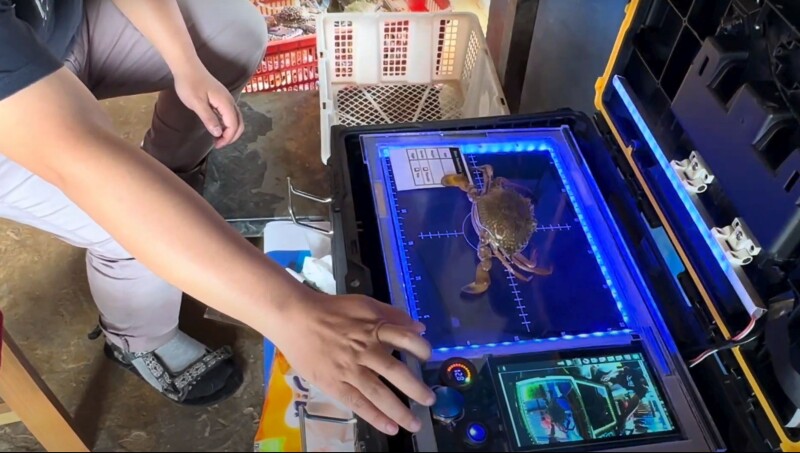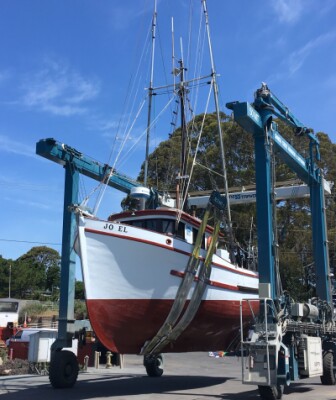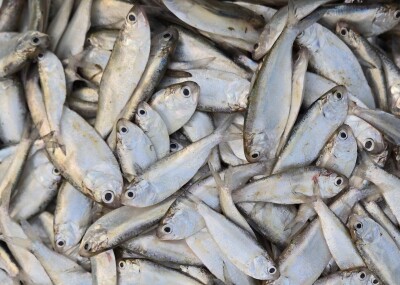Using verifiable biometric data and real-time AI-powered traceability, Silicon Valley startup SeafoodAI is tackling one of the most persistent problems in the crab industry: manual sorting and compliance. With labor tight, margins thin, and regulations growing stricter, the company's CrabScan360 system aims to bring speed, accuracy, and transparency to crab handling from the moment it hits the dock.
CrabScan360 is SeafoodAI’s first project. The company itself got a boost from NEC X’s Elev X! Ignite program, launched by the 126-year-old Japanese tech company, NEC, which began as a U.S.-Japanese joint venture in 1899 and is now a leader in biometric scanning. “We have the technology,” says Naoto Mizuguchi, CFO at NEC X. “We’re working to grow from the outside in by offering this incubator program to startups that can then become an NEC strategy partner.”
NEC X provides startups like SeafoodAI with strategic guidance, emerging technology, and business resources that enable them to grow. “SeafoodAI directly leveraged NEC X’s expertise in biometric image recognition and artificial intelligence, rapidly advancing its technology during the program,” says Terry.
"What we have with CrabScan360 right now is a portable system that can be used for marine field research and aquaculture stock sampling," says Terry. “It’s simple to use—you place a crab on the scanner, and it instantly measures and logs its weight and size. Then it checks if it meets legal requirements and flashes green or red if it’s good to go or not. It takes something that used to be manual and inconsistent and makes it fast, accurate, and easy for fieldwork.”
As Terry explains, the digitized crabs get logged into the system when a harvester offloads their catch. The ability to identify individual crabs in a particular lot means that there is an anchor point for that product, and it can then be followed through the supply chain. “For example, at the processing plant, they could do random sampling to make sure that the sampled crabs came from the original batch,” says Terry. “Can you imagine going to a restaurant, scanning your dinner’s crab shell with your phone, and getting a download on its entire journey along the supply chain? That’s where this is headed!”
SeafoodAI expects to develop automated scanners for dockside collection, enabling buyers to rapidly and accurately count, grade, sort, and record large volumes of verifiable crab data while adhering to regulations. Crab processors will be able to use the technology to speed up processing time and streamline quality control. “They will be able to rapidly scan and sort each crab for the best market, optimizing both their workflow and bottom line,” says Terry.
"The hardest thing we’re looking at doing is putting CrabScan360 on board vessels—that’s the toughest environment. But when we get there, the onboard crab scanner will be a tireless deckhand, giving an accurate count, guaranteeing conformity to regulations, and collecting relevant data, such as the time and place of harvest, for reporting and trip planning.”







